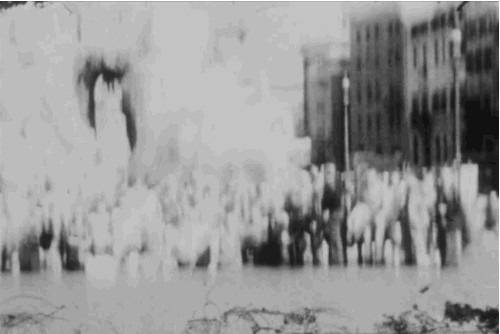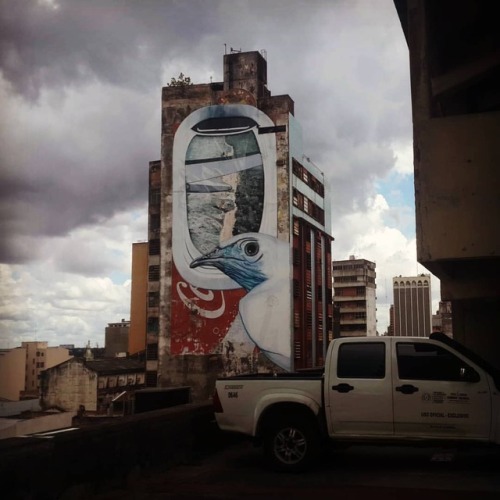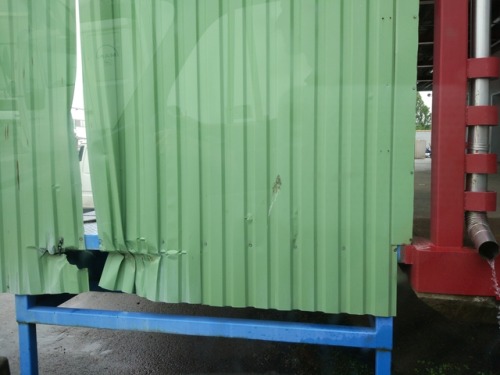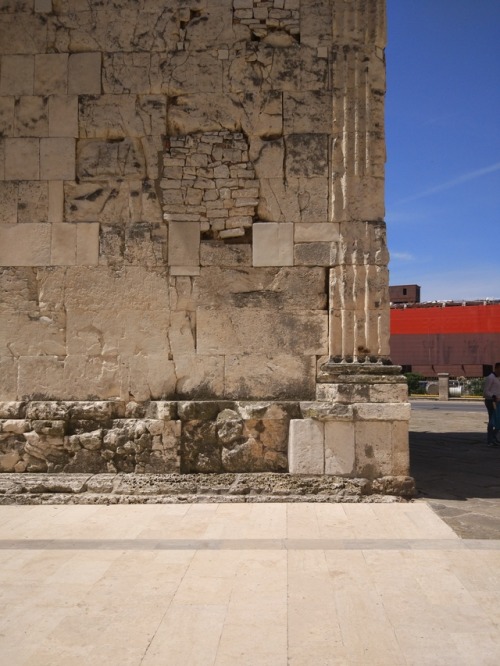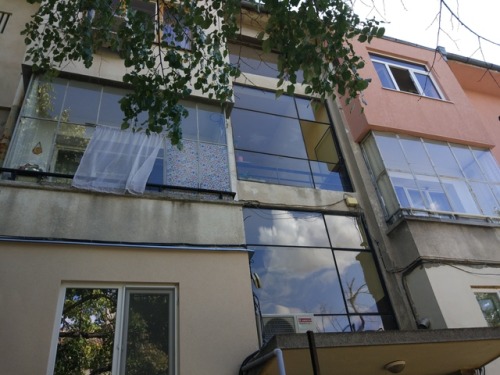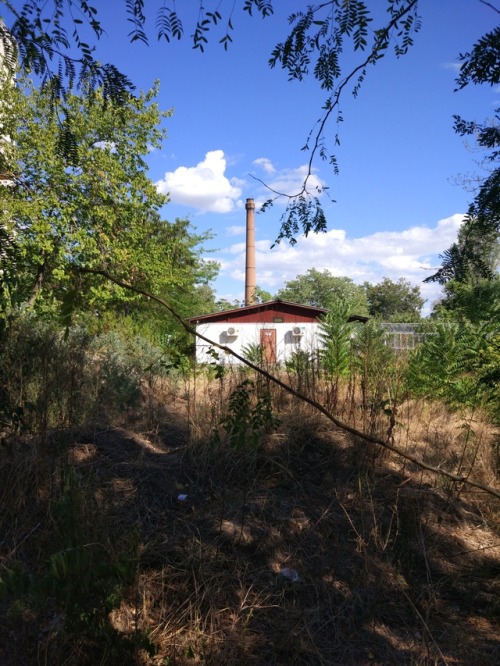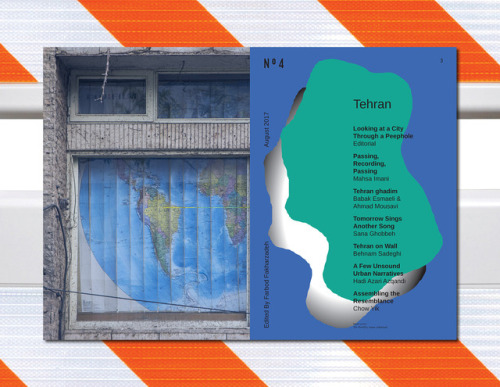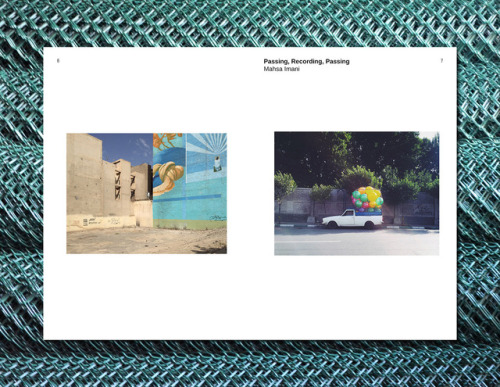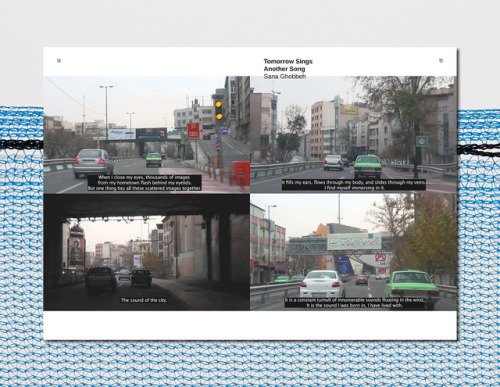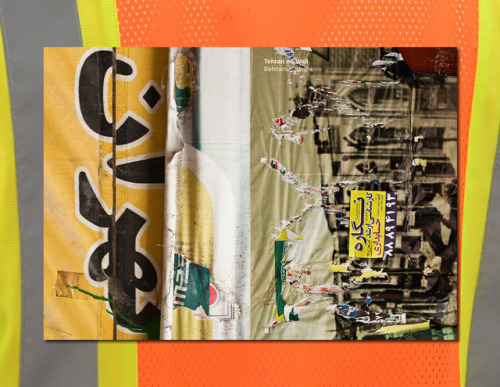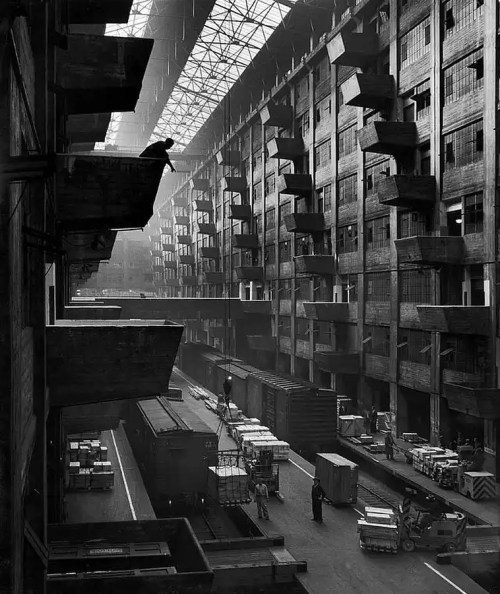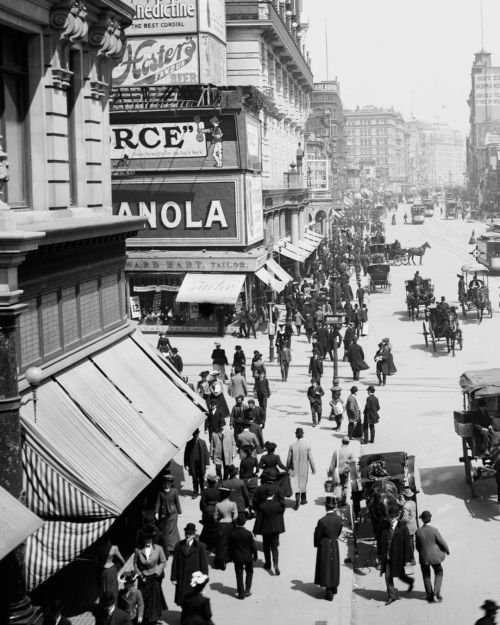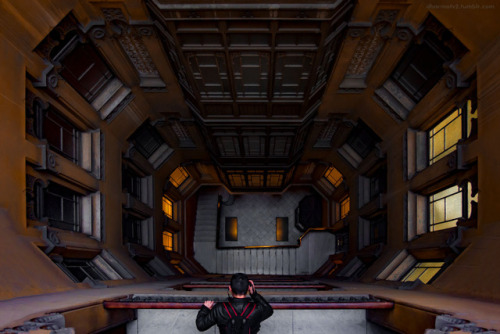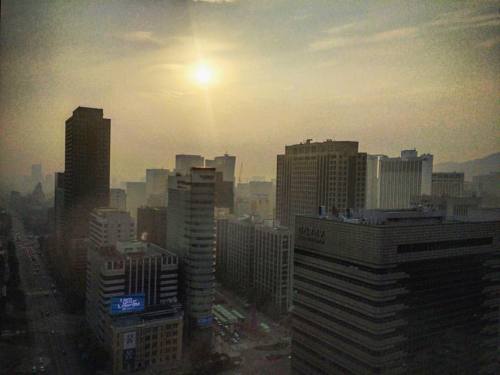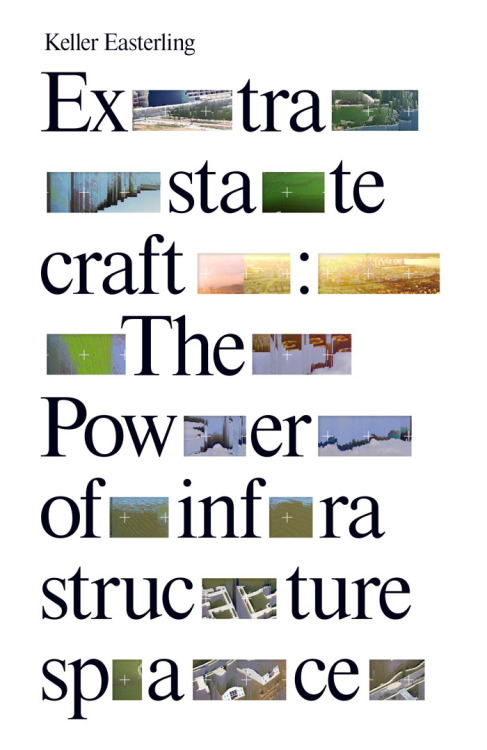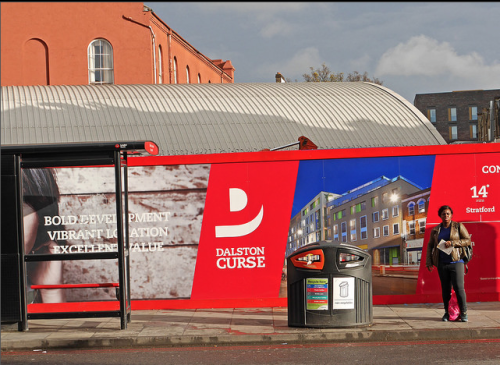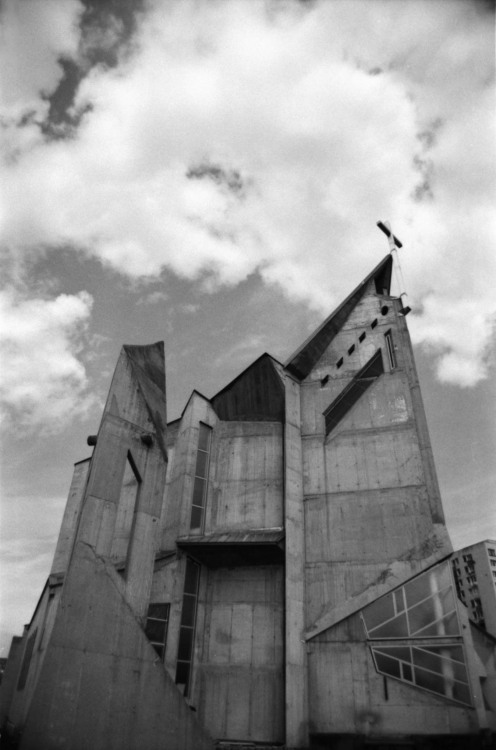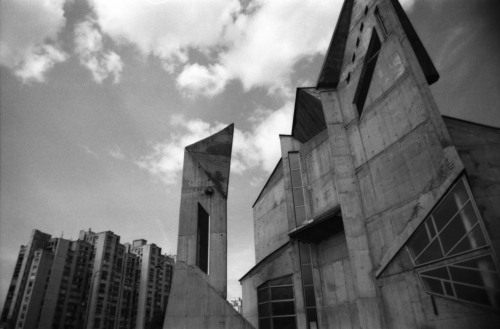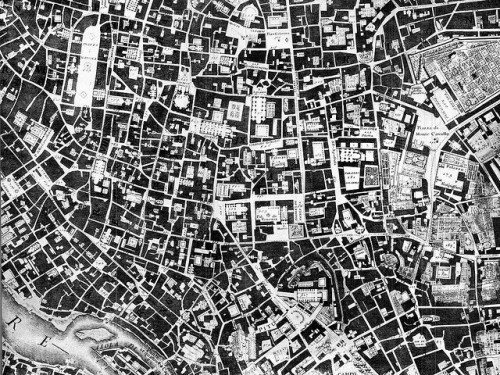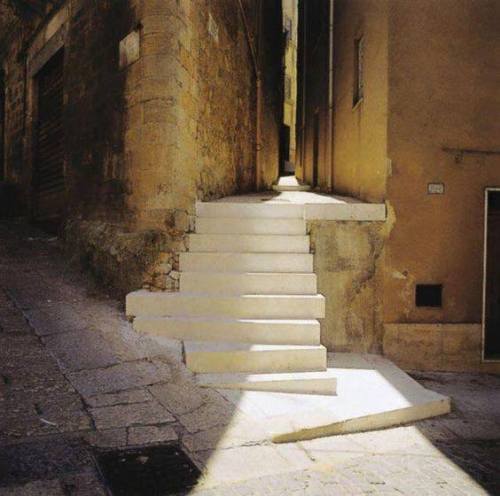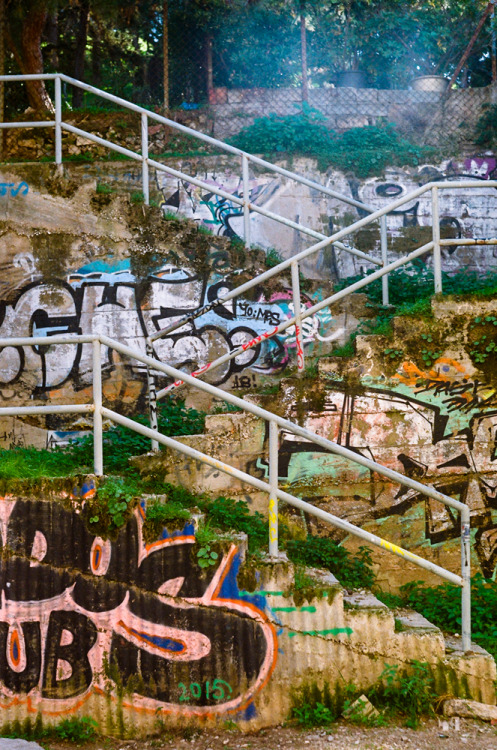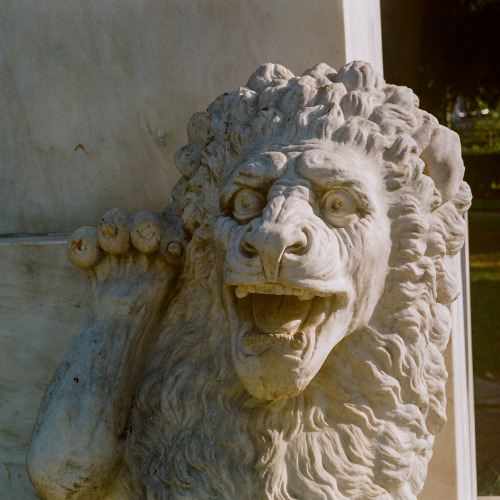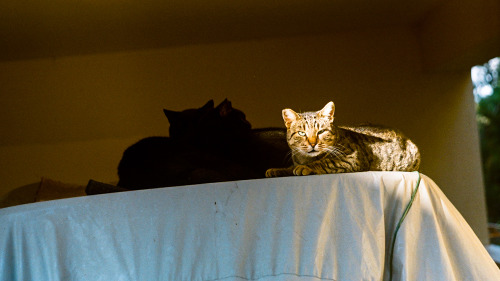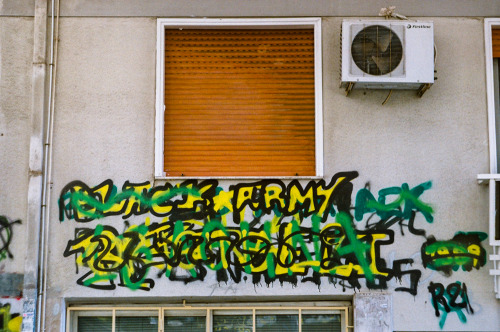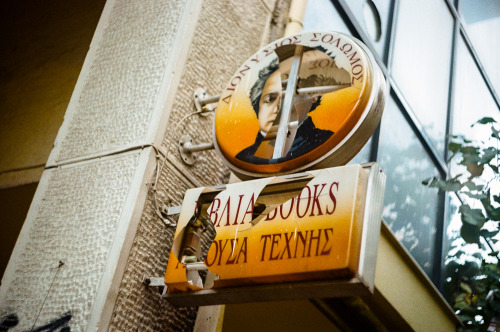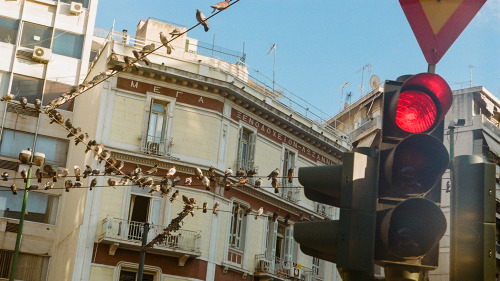#urbanism

I always advocated approaching the urban design issue in city with improving public spaces and pedestrian areas. There’s a lot that can be achieved just by focusing on few important elements such as the people who flood our streets.
In the past years we sadly witnessed the death of innocent people by the hand of radical Islamic terrorists who used vehicles to fulfill their nefarious plans. Public security is at its highest alert since the events of September 11 2001 in the United States, and perhaps we can now help cities both ways in terms of security and decor.
Governments can continue to spend millions on local security among hot-spots some cities might be vulnerable; police and army personnel are siding to keep communities safe across Europe during this wave of radical terror. However, we can make cities safe when we decide to use simpler approaches to limit traffic and potential threats in specific areas.

Common cement road barriers downtown Milan resemble Checkpoint Charlie in post-WW2 Berlin.
We don’t need to turn roads and intersections into Cold War security checkpoints, we just need to use urban landscaping tools and reshape them into spots that can blend within blocks and avoid any uncomfortable and insecure atmosphere among people. It’s important to create smart urban solutions that don’t trigger the population into believing there’s any threat.
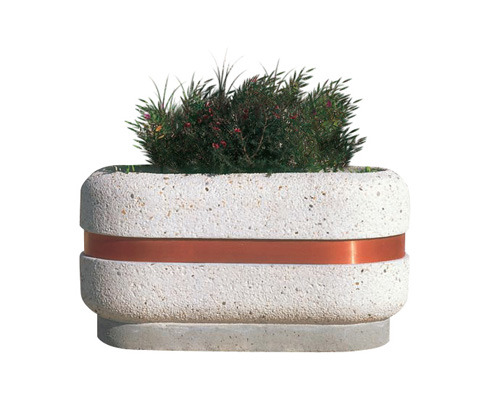
A heavy cement flower pot is the best way to combine decor and security feature in one object.
Cities can safely implements large gardening objects like flowerpots made of cements to be placed where sensible gateways needs to be protected. The decor element of nature will play the advantage point while enhancing the security methods where needed.
These important and hefty pots are already everywhere used as decorative elements in many cities across Europe, some even have horizontal planks functioning as bench-element for pedestrian to use. This system is both eye-friendly and it doesn’t stand out as something alienating for the user to experience.
Any of these objects comes with a considerable weight that can improve the security of those city spots in need of safety; they act as dead weight to stop any moving vehicle by acting as physical barriers defending people. The plus side is they can be arranged to fit the decor and theme any city sports by changing pot size, weight, flora, pattern.
A selection of these pots placed according to the city’s strategic need has the full potential to stop any commonly driven vehicles to create disaster. People will be protected without knowing enforced barriers have been placed.
Patrick Keiller, The End(1986)
“…in any train of thought, the END of one is followed by the beginning of the next…”
Post link

Los Angeles, CA [October, 2020]
Children’s Playground (1956) at Zeedijk in Amsterdam, the Netherlands, by Aldo van Eyck & Joost van Roojen
Post link
Venice Glimpses a Future With Fewer Tourists, and Likes What It Sees
Let residents of Venice plan their own city to resist the plague of excessive commercial tourism! They have the “right to the city” — to work together to save the city from the destruction. Tourism is fine in moderation, but not to excess.
MAPPING NYC: Coronavirus Deaths by Zip Code
There have been 15,871 confirmed COVID-19 deaths in New York City. Until yesterday, the data was not connected to geographical location. Check out the newest map using the latest from the NYC Department of Health.
Interestingly, this map shows a population virtually the opposite by income and status of a previous map of those New Yorkers who were able to flee the city during the pandemic! But the message remains the same: wealth and privilege provide more spatial mobility and choice of locale in whatever circumstances!
Source:Untapped New York, 19 May 2020
Post link
ENVIRONMENTAL INJUSTICE: In Dallas, the Toxic Legacy of Zoning Lingers
Loose regulations and a gung-ho development culture brought polluting industries in low-income Dallas neighborhoods. Can a new wave of zoning reform drive them out?
See the full story: Patrick Sisson,CITY LAB, March 9, 2022, 11:42 AM EST
Post link
Vista sorpresa…antigua vía del tren en luque, desaparecida hoy en día.
#instapic #instagood #photography #photographylovers #sunset #urbanphotography #urbanism #abandonedplaces #colour #sky #nokia #808 #pureview #paraguay #view #landscape #cityscape (en Luque)
Post link
Note algunas cosas
1. La mirada acusadora.
2 parece el bilboard mas extraño de vida, me recuerda al bilboards de blade runner pero para aves.
3. Pocas veces vi El perfil Asunción desde adentro, cuenta muchísimo, no es una progresión sino una apilamiento de voluntades, parece un grupo de documentos encima de un escritorio esperado a ser revisados por un funcionario que preferiría haber hecho algo mas de su vida. Ikuri versión ciudad.
4 vean Ikiru.
#instapic #instagood #architecture
#architecturephotography #photography #urbanism #urbanlife #sad #graffiti #color #bird #essay #memory #texture #sky #clouds #paraguay #asuncion #city #citylife (en Asunción, Paraguay)
Post link
S’lim
Issue 4 – Tehran (August 2017)
Guest edited by Farbod Fakharzadeh.
- Looking at a City Through a Peephole Editorial – Farbod Fakharzadeh with photos by Aman Askarizad
- Passing, Recording, Passing–Mahsa Imani
- Tehran ghadim–Babak Esmaeli&Ahmad Mousavi
- Tomorrow Sings Another Song–Sana Ghobbeh
- Tehran on Wall–Behnam Sadeghi
- A Few Unsound Urban Narratives – Hadi Azari Azqandi
- Assembling the Resemblance–Chow Yik
ISSN 2343-1016 (online) / ISSN 2343-1024 (print) / color / 36 pages with cover
S’lim is a zine, focusing on a particular place at a time, merging the contemporary and the historical experiences of visiting, living, staying and theorizing.
S’lim is available for online viewing, but we try to get each issue out there also in print. If you’re interested, let us know ([email protected]).
© 2017 Selim Projects / Henrik Drufva and Mika Savela
Post link
Woman taking in the view from the top of 70 Pine. Date unknown.
Purchase an archival print from our website: nycurbanism.com/store
#70pine #fidi #skyscraper #artdecoarchitecture #artdecoskyscraper #architecture #archilovers #downtownnyc #thatview #nychistory #urbanism #nycurbanism #wallstreet #crownshy #saganyc #nyhistory #urbanism #nycurbanism (at 70 Pine)
https://www.instagram.com/nycurbanism/p/CZFi7Jtufbd/?utm_medium=tumblr
Post link
Brooklyn Army Terminal, 1949.
Andreas Feininger.
Designed by Woolworth Building architect Cass Gilbert and opened in 1919, the 95-acre Brooklyn Army Terminal in Sunset Park was one of the largest concrete structures in the world. The complex opened at the conclusion of World War I and used for various purposes over the years including a military prison and storage space for alcohol and drugs during Prohibition. During World War II it was the largest military supply base in the country. Today the site is on the National Register of Historic Places and houses a diverse group of local industrial businesses managed by the NYC Economic Development Corporation.
#BrooklynArmyTerminal #brookyln #sunsetpark #newyorkcity #gowanys #redhook #brooklynny #parkslope #greenpoint #williamsburgbk #forgreene #openhouseny #ohny #ohnyweekend2019 #ohny2019 #greenwood #urbanism #nychistory #nyhistory #urbanplanning #urbanism #nycurbanism (at Brooklyn Army Terminal)
https://www.instagram.com/p/CXWoV7klIPq/?utm_medium=tumblr
Post link
New renderings have been released for the new supertall office tower that will replace Hotel Pennsylvania. The Foster + Partner’s-designed tower, named PENN15 (not a joke), would top out at 1,270 feet, taller than the Empire State Building.
The skyscraper looks a lot like the residential Jenga block tower Downtown – 56 Leonard, with dozens of unique landscape terraces protruding from the facade.
Hotel Pennsylvania was originally developed by the Pennsylvania Railroad after the opening of Penn Station, one of the only real estate ventures for Penn RR, unlike the New York Central RR who developed or sold most of the real estate around Grand Central. Penn RR originally had their architects McKim, Mead & White design a hotel tower above Penn Station, but eventually decided not to add it for multiple reasons. After Penn Station opened, architect William Symmes Richardson of McKim, Mead & White designed the hotel, which opened across the street in 1919. Despite multiple demolition attempts over the last three decades and the establishment of the Hotel Pennsylvania Preservation Society, the building was never landmarked.
Renderings: DBOX via @yimbygram
#pennstation #architecture #historicpreservation #mckimmeadwhite #hotelpenn #savehotelpenn #34thstreet #nyc #midtown #nychistory #midtownhistory #penrr #nycrr #grandcentral #urbanism #urbanhistory #archilovers #vinoly #skyscraper #supertall #nycurbanism (at Hotel Pennsylvania NYC)
https://www.instagram.com/p/CTXiLa2naGN/?utm_medium=tumblr
Post link
The Chrysler Building between the General Electric Building and the Waldorf Astoria, 1966. Credit photographer Cervin Robinson. This is one of our favorite photos of this period of architecture in NYC.
#architecturalphotography #cervinrobinson #chryslerbuilding #artdeco #artdecoarchitecture #architecture #archilovers #1966 #nyc #midtown #waldorfastoria #gebuilding #architectureporn #skyscraper #rooftop #brooklyn #architect #skyline #urbanism #42ndstreet #artdeconyc #nycurbanism #tower #manhattan #newyorkcityphotography (at Chrysler Building)
https://www.instagram.com/p/CPn01T5HlSt/?utm_medium=tumblr
Post link
DID YOU KNOW Herald Square and Times Square are named after the Herald and Times newspapers that located their headquarters there at the turn of the century. The New York Herald newspaper was the first to move in the 1890s, previously the newspapers such as the World, Times, Tribune and Herald occupied a block of today’s Park Row across from City Hall known as Newspaper Row. When the Herald moved to 34th Street, they chose architect Stanford White to design their new headquarters at the intersection of Broadway and Sixth Avenue. The New York Times followed, moving north to the intersection of Broadway and Seventh Avenue to an area known as Longacre Square. When the New York Times Tower opened in 1904 the city renamed the area Times Square.
#TimesSquare #HeraldSquare #nychistory #midtown #manhattanhistory #nyherald #nytimes #longacresquare #greatestgrid #architecture #urbanism #nycurbanism #historicphotography (at Herald Square)
https://www.instagram.com/p/COoLU8nHm-q/?igshid=lqnc5ju1valx
Post link
#architecture #urban #city #design #windows #architecturephotography #photography #urbanism #architecturelovers #architecture_view #architecture_hunter #building #window #architectureporn #urbanismo #archilovers #urbanisme #utopia #utopian #cityscape #photooftheday #architektur #archilover #archi_unlimited #architectures #archdaily #modern #commonness #commonnes #russia (at Moscow)
https://www.instagram.com/p/B0f1bkrHwT7/?igshid=1nfexsr49dfsd
Post link
Look down H!
11/2016 - Barcelona
For more content my IG e.lena.torres or more personal my IG e.lena.8
Post link
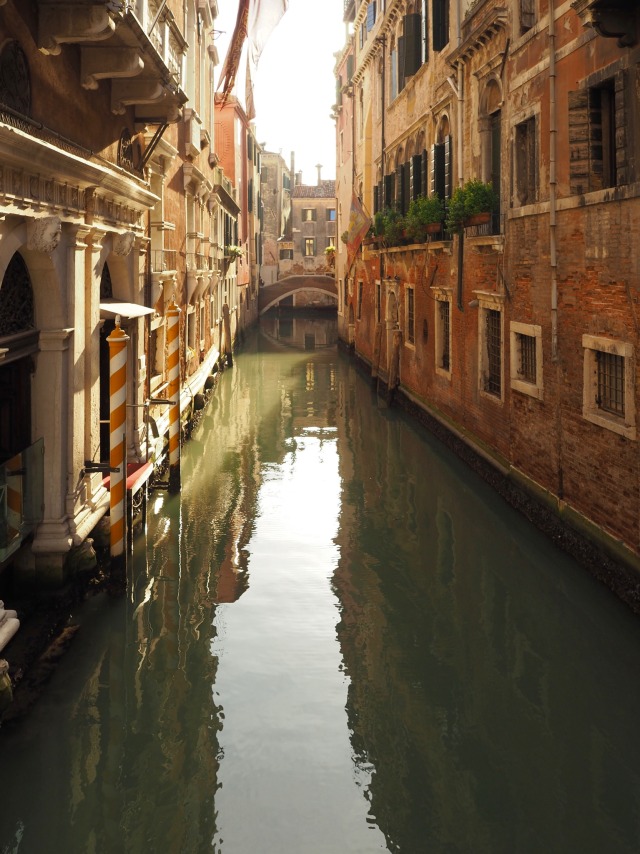
An October’s Afternoon, Venice
©️ Corinne Hetzel

Burrano Island, Venice
©️ Corinne Hetzel
Seoul 6:57am - First time in South Korea!! Very nice to feel the taste of the unfamiliar again. I look forward to seeing more of this beautiful country in the next week. Sun rising over the city seen from my room at the slick and brand new state of the art Four Seasons hotel Seoul. #korea #seoul #blessedlife @fsseoul #intense #urbanism #cityscape @fourseasons (at Four Seasons Hotel Seoul 포시즌스 호텔 서울)
Post link
Western Architecture is Making India’s Heatwaves Worse
The Kuriakoses’ experience was an early taste of a phenomenon that, over the next few decades, spread across most of India’s big cities. As a more standardized international approach to building design emerged, many Indian architects abandoned the vernacular traditions that had been developed over thousands of years to cope with the weather extremes of different regions. The earthen walls and shady verandas of the humid south, and the thick insulating walls and intricate window shades of the hot dry northwest, were swapped for a boxy modern style. Today, buildings in downtown Bangalore often look like those in Ahmedabad, in the north, or Chennai, in the east—or those in Cincinnati, Ohio, or Manchester, England.
In the climate change era, that uniformity is looking like a mistake. Large parts of India have been stifled by a spring heatwave since April, with temperatures lingering close to 110°F for weeks in some places, and topping 120°F in Delhi this week, making it dangerous to go to work or school—all weeks before the official start of summer. Spiking energy demand for cooling has helped trigger daily blackouts in cities, and what AC units are running are belching hot air into streets, worsening the urban heat island effect. As such heatwaves become increasingly common and long-lasting, experts say India’s modern building stock will make it harder for Indians to adapt.
The architecture of Indian cities began to change rapidly in the 1990s, when the country transitioned to a market-based economy. As construction boomed, Western or globalized styles became the norm. The shift was partly aesthetic; developers favored the glassy skyscrapers and straight lines deemed prestigious in the U.S. or Europe, and young architects brought home ideas they learned while studying abroad. Economic considerations also played a role. As land became more expensive in cities, there was pressure to expand floorspace by eliminating thick walls and courtyards. And it was faster and easier to throw up tall structures using steel and concrete, rather than use traditional earth blocks which are suited to lower-rise structures.
The consequence of that cookie-cutter approach was to make buildings less resilient to India’s high temperatures. The impact of that once seemed minimal. It could easily be offset by electric fans and air conditioning, and the energy costs of cooling were not developers’ problems once they sold their buildings. “Where a home [built in the vernacular style] needs around 20 to 40 kilowatt hours per meter squared of energy for cooling, today some commercial places need 15 times that,” says Yatin Pandya, an architect based in Ahmedabad. When AC units are turned on to help people sleep at night, they release heat into the streets, which can increase the local temperature by around 2°F according to U.S.-based studies. During the day, depending on their orientation, glassy facades can reflect sunlight onto footpaths. “You’re creating [problems] in every direction.”
The shift away from climate-specific architecture hasn’t only affected offices and luxury flats, whose owners can afford to cool them. To maximize urban space and budgets, a massive government housing program launched in 2015 has relied largely on concrete frames and flat roofs, which absorb more heat throughout the day than sloped roofs. “We’re building hot houses. In certain parts of the year, they will require cooling to be habitable,” says Chandra Bhushan, a Delhi-based environmental policy expert. He estimates that roughly 90% of the buildings under construction today are in a modern style that pays little attention to a region’s climate—locking in increased heat risk for decades to come.
Similar shifts have happened in developing countries all over the world, with cities from the Middle East to Latin America taking on the “copy and paste texture of globalized architecture,” says Sandra Piesik, a Netherlands-based architect and author of Habitat: Vernacular Architecture for a Changing Planet. As the global construction industry embraced concrete and steel, local materials, designs, and technologies became displaced—with lasting consequences. “Some of these traditional methods didn’t undergo the technological revolution that they needed,” to make them more durable and easier to use on a massive urban scale, Piesek says. “We focused instead on [perfecting] the use of concrete and steel.”
I reviewed Extrastatecraft in ICON the other month - now online, available here.
Buy it from Verso here, with 30% off, free shipping & free ebook copy (not bad!)
Cover by the esteemed thusly(michaeloswellgraphicdesigner)
Post link
I’m late to the game - but someone (Jason Read) has recut that creepy Redrow luxury apartment building advert (notes on that here) with American Psycho, as it so richly deserved.
viamendelpalace.
Dalston Curve, E8.
DALSTON CURSE.
Someone got handy with the masking tape. It was gone a day or two later.
Photo by Alan Denney.
Post link
[In Tumblr dashboard, click to embiggen video]
Shit, this is astonishing. Redrow, a luxury apartment builder, have made this creepy, completely dystopic, half-American Psycho advert for the new London they’re currently metastasizing all over the city. Its protagonist lives in a world of almost continual night, with the hungry eyes and dead affect of an Ayn Rand wet dream: his world is constituted of chrome, glass, a palette of white-to-taupe, a spatter-pattern rug and one book, a single book, on graphic design. ‘Luxury’ is so often a code for this – double-glazed, polished steel, hermetically sealed in the back of a cab. Our man does not have conversations, but stares out at the city from the fifteenth floor (he does a lot of staring). The concept of conversation is alien to him, though he is shown having a screaming argument; as you see from his inventoried shelves, he has a passion for objects and this is how he treats women, as well.
Flat-toned, void affect, social cancer in a suit: a model for London living. Here’s a curious honesty about it all: houses in the suburbs are marketed still for the smiling happy family, all oak tables and smiling coffee mornings (in zone 4, the dog never even barks, let alone bites). In the central zones, having been cleared of many of their inconveniences (families, communities, *life*), now deadboxes are marketed to the single (wannabe singular) sub-Thatcherite dweeb who manages his violence only on a balance sheet, who wants to take life, pin it, and crush it behind plate glass. Let us burn it down.
This is amazing. There needs to be a word for the kind of text that deconstructs itself, that contains its own negation so nakedly on the surface.
“They say nothing comes easy - but if it was easy, it wouldn’t feel so good. [Now I have to tell myself it feels good. It feels good. I am a valid human being]
*Cutaway to a shot of the cut-glass tumbler of whiskey he drinks each morning before work*
"To look over the city that could have swallowed you whole [ / that swallowed your soul], and say, ‘I did this’, [I allowed myself to be swallowed by dreams of achievement & accumulation that were in no way individual, however much I doth protest] and stand with the world at your feet [still so distant from me.]”
The comments on Vimeo are great:- Does this remind anyone else of American Psycho?
- 100% No
- COSMOPOLIS PSYCHO.
Followed by “Sorry, comments have been disabled by the owner of this video.”
Thunderstorm in Athens GR.
A sequence of images shot on my Ricoh GRII and then… the magic of stop motion.
December 2019.

